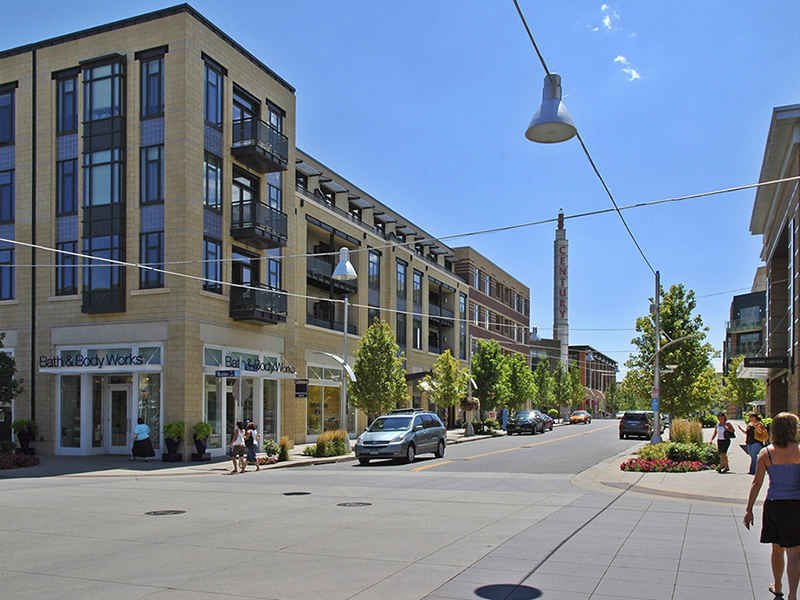You’ll never get hit with surprise charges on moving day. Our quotes are clear, fixed, and final. No hidden add-ons for stairs, heavy items, or “extra time.”
Lakewood is a post-World War II planned community. Developers Louis Boyar, Mark Taper and Ben Weingart are credited with “altering forever the map of Southern California.” Begun in late 1949, the completion of the developers’ plan in 1953 helped in the transformation of mass-produced housing from its early phases in the 1930s and 1940s to the reality of the 1950s.
WWII veterans could get home loans with no down payment and a 30-year mortgage at only 4 percent interest. On the first day of sales, March 24, 1950, an estimated 30,000 people lined up to walk through a row of seven model houses. By the end of April, more than 200,000 people had flocked to the Lakewood Park sales office and more than 1,000 families had purchased homes (30 per day on average). On one occasion, 107 homes sold in just one hour. The monthly cost was $44 to $56, including principal, interest and insurance.
The building of Lakewood broke records. Empty fields became 17,500 houses in less than three years. A new house was completed every 7 1/2 minutes, 40 to 60 houses per day, with a record 110 completed in a single day.
Lakewood’s primary thoroughfares are mostly boulevards with landscaped medians, with frontage roads on either side in residential districts. Unlike in most similar configurations, however, access to the main road from the frontage road is only possible from infrequently spaced collector streets. This arrangement, hailed by urban planners of the day, is a compromise between the traditional urban grid and the arrangement of winding “drives” and culs-de-sac that dominates contemporary suburban and exurban design.


